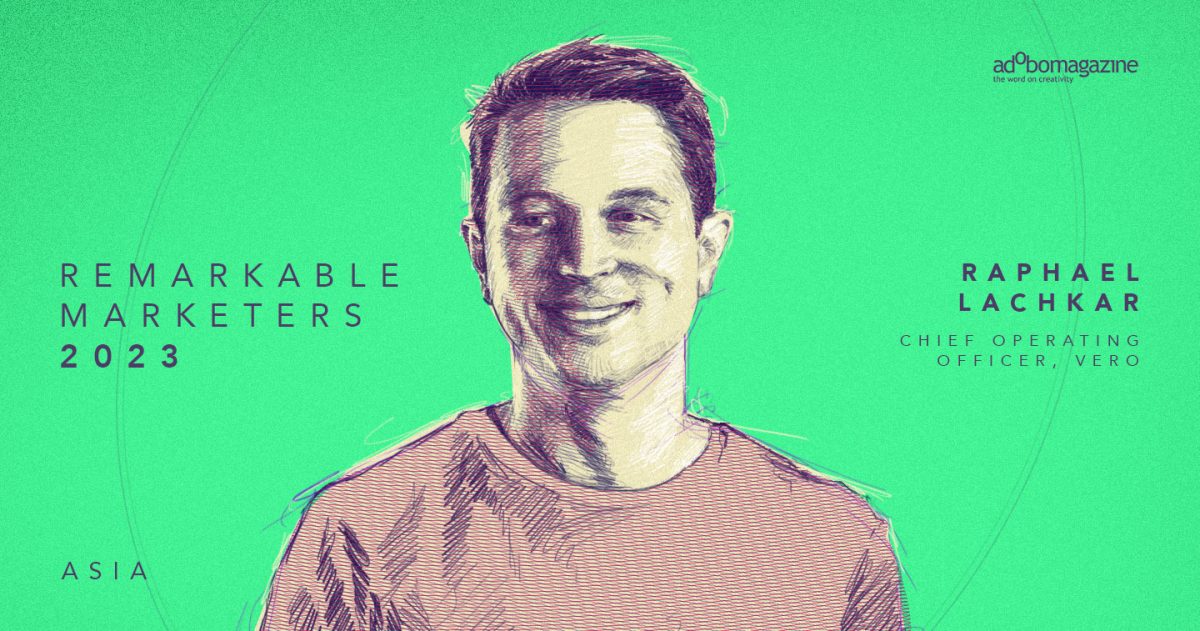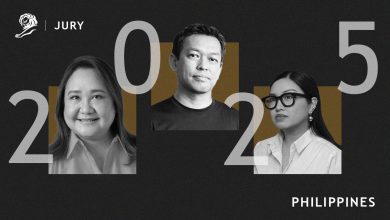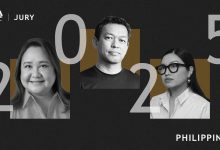HO CHI MINH CITY, VIETNAM — In today’s marketing landscape where relevance, flexibility, personality and efficiency are supreme, it’s integral to a brand’s strategy to use trusted opinion leaders and engaging experiences to make their messages stick. This is especially true in the era of digital, where virtually anyone can send a message into the world and influence someone on the other end of it.
Hence, the popularity and vitality of Public Relations in any marketing strategy. Award-winning Southeast Asia-based consultancy agency Vero understands these shifts in the digital and marketing space best, illustrated by its published insight discussions, case studies, opinion pieces and white papers based on its informed observations and firsthand experiences. These are learnings founded on the company’s offices across multiple SEA marketing hotspots: Indonesia, Myanmar, the Philippines, Thailand, and Vietnam.
In order to get a better grasp on the role of PR marketing in a business, what the PR industry is like now, how the industry could change in the future, and the role of Vero in the Southeast Asian marketing scene, adobo Magazine spoke with Vero COO Raphael Lachkar in an exclusive and insightful interview. Based in Vero’s Vietnam office, he leads key growth verticals for the company’s five offices across Southeast Asia and works closely with Vero’s team in Manila, to grow and integrate client service solutions in the Philippines.
Graduated in East-Asian studies in Montreal, and with work experience in Shanghai, Hong Kong, Yangon, and now Ho Chi Minh City, Raphael has developed a sharp understanding of the region’s communication dynamics over the years.
The current state of PR agencies in Southeast Asia and what lies beyond the horizon for the industry
Southeast Asia is one of the hottest places for digital and PR marketing today. With giant business-to-consumer companies and business-to-business agencies making homes in every major city in the turf, consumers are also up to speed on the latest trends and are helping create the shifts and waves needed for business growth. “Southeast Asia hosts many highly diverse, creative, and impactful independent consultancies,” Raphael began to explain. “These Southeast Asia native agencies are geared to keep up with consumers in the region’s fast-moving economies. Independents are the ones pulling the industry forward,” he emphasized.
“Secondly, the region is experiencing a PR awakening and transforms how agencies position, plan, and deliver results.” He expounded that brands now understand that in order to succeed in modern media ecosystems, adopting a communication strategy rooted in PR is vital. “Network effects can only be achieved if the messages and assets are designed to be re-owned and re-shared by opinion leaders, which is precisely what PR is about.”
Raphael rounded it off with the changes being triggered by the industry’s new access to AI technology, which has its own new sets of roles and capabilities in the job market. These include people trained to prompt and brief large language models (LLMs) and new agency structures that are built less on production capabilities and more on strategic consulting and AI capacity building.
The growth of PR over the years and changes influenced by the growing market
PR marketing is growing to be a strategic communication approach. Raphael expressed, “It helps organizations adapt and refocus their marketing efforts to succeed in increasingly fragmented and user-led media ecosystems.”
“The growing role of social media in consumers’ lives has forced brands to rethink how to best interact with them.” With the current online environment, brands now know that a campaign rooted in communities and striking a conversation between audiences and the brand will drive better results than a one-way advertising tactic. On the other end of the horizon, social media and peer influence are increasingly distributed across micro-thought leaders. They rely heavily on their authenticity and credibility among their own audiences and avid viewers to become trusted amplifiers of brand messaging.
“Engaging with these new KOLs requires that brands adapt to their identity, content strategy, and engagement styles. Hence, taking on a PR-led approach to influencer engagement,” Raphael added.
A good example from Raphael is the Duolingo Duet Challege, where Vero developed a full IMC campaign, with a full creative strategy grounded on authentic local insight. As the world’s leading app that makes learning easy and fun, Vero was able to find parallels with the Filipinos love for fun in karaoke. Vero found this truth – the greatest benefit to using songs in learning is that they are enjoyable and effective.
Moreover, communication has developed into a two-way engagement between the brand itself and its target market. This makes any message capable of generating a public consumer response that is often louder, stronger, and more decisive than the brand’s voice itself. This new power play forces organizations to rethink claims, risks, and consumer engagement in a PR-led approach.
Raphael cited a few examples to demonstrate this prevalent communication trend: “PLDT’s recent campaign celebrating National Mental Health Awareness month, which plugged into micro-influencers to create valuable conversations for their audiences, is a good example of this movement. It’s truly PR, yet activated online and done through KOLs and communities.”
“Another good recent example of how brands increasingly take a PR-led approach to consumer communications is the launch of #MyKwentongJollibee earlier this year where the brand had people from all walks of life share unique, happy, and inspiring tales, and have the chance to be featured as well. By tapping into meaningful, authentic user stories and leveraging the power of social networks, Jollibee earned organic reputational capital.”

PR’s booming benefits for brands on broadcast, digital, and social media
Having a PR-led approach to communications helps brands face challenges. Through this, they also benefit from fragmented media ecosystems and two-way consumer communication. “In other words, PR advisors help brands take an earned approach to message and communications which provide tremendous power and reach in today’s digital, user-led networks,” Raphael phrased. “For instance, McDonald’s recent ad featuring a same-sex couple is set to tell a bigger story, and to trigger a larger response. It connects with a social topic that is important to millions of people. And in doing so, the brand accepts letting the products exist as accessories rather than stars of the show.”
What brands can learn from some of the best PR marketing trends
Raphael noted that there are two main events that we could see transforming the field of brand communication. The first is the rise and availability of LLMs such as ChatGPT within organizations. “At Vero, we have organized internal committees to help identify how we can effectively take advantage of these tools, and we are actively pushing our teams to experiment.”
After ChatGPT-3 went public, Raphael wrote a byline on the topic and summarized some notable ideas into the following points:
- We will see more and more user-generated campaigns where user content is powered by AI and embraced by brands as critical communication assets.
- CRM is, will, and has fundamentally changed as AIs will plug into brands’ first-party customer data and deliver highly personalized, comprehensive customer service at speed.
- Agencies will hire fewer designers and copywriters, and more “prompt-ninjas” trained to brief and leverage AI’s production capabilities.
- The line between the truth and fake news will blur even more as AI will power and paint vastly more credible alternative realities in words and visuals at scale.
- New wealth will emerge for agencies, communication advisors, and brands that integrate AI systems effectively.
- We will further replicate past bias as it is used to train the LLMs of tomorrow.
The second event that could be equally, if not more, transformative for the industry is the popularization of climate change-induced issues in Southeast Asia. This increases consumers’ expectations towards brands’ sustainability strategies. “This will call for much soul-searching and learning from communicators on both ends of the client-agency relationship. Advisors play a critical role in facilitating this process,” Raphael expounded.
For this particular area, Vero has recently published a comprehensive free-to-read playbook to help communicators better prepare: Greenwatching: A Playbook for Authentic Sustainability Communication in Southeast Asia. “The organization is also undertaking a B-Corp certification process — challenging our governance and business practices to the most demanding sustainability standards globally,” he added.
How the Asian market consumes PR and media differently than the rest of the world, as observed by Vero
“While I cannot speak for the global market since we operate exclusively in Southeast Asia, I can highlight what captivates us about conducting business here,” Raphael clarified. With fast-paced industries and thriving working force, SEA nations all have a sizable and highly ambitious young population. “This fundamental demographic factor propels the entire region toward a progressive future, which exhilarates us and shapes Vero’s mission of narrating stories of advancement.”
The youthfulness of the region’s consumers triggers changes in the social and technology realms. “Our campaigns address at least one of these two forms of transformation,” he illustrated. “We assist our clients in aligning with significant social movements, adapting to the surge in consumer activism, and becoming advocates for shifts in gender norms, information access, education, and sustainability concerns.”
“Simultaneously, we aid brands in adjusting to the intricate and rapidly evolving landscape of information technology and new media.” Raphael went on to say that although there are cultural distinctions and varying media environments among the countries in the region, Vero has observed that younger generations are undergoing increasingly similar changes. In turn, this is making them responsive to comparable expressions of progress and change.
How Vero handles clients from different fields and industries with the same channels, audiences, and strategies
For strategies that target similar audiences through similar channels, Raphael shared that Vero devises custom and unique approaches for every new brand that engages with the organization, regardless of the industry they belong to. “This is because organizations’ opportunities, goals, and challenges are always different. As they come to us, our clients seek specific answers to their challenges. Our role is to deliver ‘on paper’ first and publicly after,” he construed.
Vero on being one step ahead and how the agency creates opportunities
With Vero plucking awards left and right, we had to ask how the agency stays ahead of the curve. Without beating around the bush, Raphael answered, “Simple: we invest in people and technology ahead of revenue.” He explained that while most agencies will wait for business opportunities to extend job offers and invest in tools, Vero goes the other way around. “We hire great people when we meet them. We write job descriptions and create opportunities for them to join. And we look for technology that can help enhance our consulting practices before clients ask for them.”
He shared that practicing this has led the way to fantastic relationships for the agency. This outlook is likewise at the brand’s forefront of its innovation strategy. “In the past year alone, our team grew by 150% — reaching beyond 200 team members and maintaining 80%+ retention rates.” In 2023, Vero broke into PRovoke’s Global 250 agency list as one of the only two Southeast Asian agencies making the global ranking.
He also pointed out that in addition to the AI-led initiatives and sustainability work they do at Vero, the team launched a regional data-led media and insights practice called Reputation.IQ; an influencer selection tool called TrueVibe; and an influencer marketing stack called InFluent.
What’s next for Vero?
Just last year, Vero was included in the list of Best Asia-Pacific Agency to Work for by PRovoke Media — with the agency landing at the second spot in the Large Company category. “We have been working towards this recognition for many years, and it reflects the work and efforts we have put into creating a progressive, supportive workplace for our people,” Raphael enthused. He shared that moving forward, the agency’s goal is to capitalize on these efforts and to power the same progressive conversations out to the industry. “The work we have been doing around sustainability topics is part of this, along with initiatives fostering equal opportunity in the industry and forward-thinking communications consulting practices.”
Raphael’s own hopes and dreams for the marketing industry and the world of PR
Seeing the industry flourish and shift right in front of him and being part of the power that makes changes happen to the PR realm, Raphael has a clear vision of his own hopes for the industry and what he would like to improve on. “Overcoming prospects of entering a post-truth world,” he began to ponder. “Fake news and fabricated facts are the biggest threat looming within the communication industry.”
Raphael explained that the rise of AI in media ecosystems utilized by ill-intentioned factors has made this threat more formidable and closer than ever. He pressed, “Communication professionals all have an essential role to play in the disinformation crisis, and my personal hope is that the industry will recognize its role, and act on it.”
Learn more about the work Vero does on vero-asean.com or follow the agency on Facebook and Instagram










